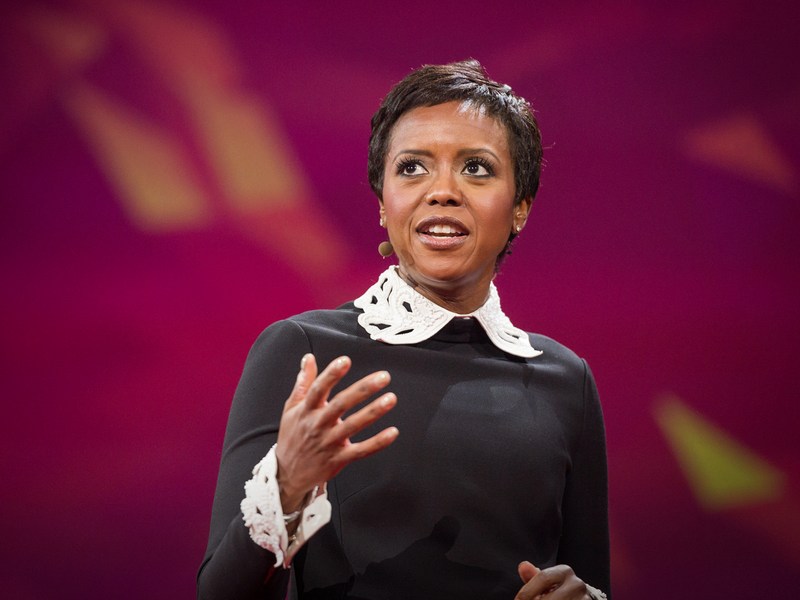
It is
sometimes difficult to differentiate between Youth Work and other youth-related
professions as many of Youth Work’s defining characteristics, values, and
principles are similar to other occupations. For example, as described in the
article, a youth worker must guide youths by “[Enabling] young people to
develop holistically, working with them to facilitate their personal, social
and educational development, to enable them to develop their voice, influence
and place in society and to reach their full potential” (Thompson, Westwood,Wood, 2015, p. 2).Though this definition successfully describes some of the
defining characteristics of the Youth Work profession, it fails to specify what
makes the profession different from other youth-related occupations. A youth social
worker can help their clients “develop holistically,” and a teacher can facilitate
their students’ “personal, social, and educational development” and “enable
them to reach their full potential” (Thompson, Westwood, Wood, 2015, p. 2). What
makes Youth Work unique, however, can be best described by the seven
characteristics that are not only central to the profession, but are often
unique to the trade.
Youth
Work is an Educational Practice
As opposed to the type of
education that is often present in schools, Youth Work educational practices
are more informal. Education is less based on curricula or pre- “determined learning
outcomes” (Thompson, Westwood, Wood, 2015, p. 2). It is, instead, fostered by establishing open,
trusting relationships between youth workers and youths and by creating environments
that encourage learning. In some instances, however, youth workers must lead programs–or
work for organizations–where more formal educational practices are necessary. An
example of this would be a sex education program. It is the youth worker’s job
to find innovative and creative ways to communicate this information through games,
art-based projects, and other creative activities.
Youth
Work is a Social Practice
Is not uncommon for youth
workers to work one-on-one with youths, however, in the profession, it is often
preferable to work with groups rather than individuals. By working with groups,
youth workers can foster collectivism and create comfortable, open environments
for youths where they are able to “test their values, attitudes, and behaviors”
with
others (Thompson, Westwood, Wood, 2015, p. 2). An example of this type of environment is my youth development class, a
place where working in groups and collectivism are often encouraged. This, in
turn, creates an open, comfortable environment where my peers and I can freely
express our values, attitudes, and behaviors.
Youth
Workers Actively Challenge Inequality and Work Toward Social Justice
Youth workers’ jobs go
beyond just educating youths about the impacts of oppression and inequality.
They also include empowering youths by addressing power imbalances and teaching
youths how to challenge oppressive circumstances.
 |
New Urban Arts artist mentor
working with a student
|
When
Possible, Young People Choose to be Involved
Is not always possible
for youths to freely choose to be part of a program, especially if the program
is run in a school or is a court mandate. However, youth programs are run on a
voluntary basis for the most part. This means that youths are allowed to participate
in programs and become members of groups of their own choosing. Of all the
youth programs that I have visited, New Urban Arts best exemplifies this trait.
In this program, youths are not only in charge of deciding whether they want to
be a part of the program, but they are also in charge of creating their own
curricula. They decide which art project they would like to work on, and they
choose which art teacher they want to work with.
Youth
Work Seeks to Strengthen the Voice and Influence of Young People
One of the main jobs of
youth workers is to empower youth and to encourage them to positively affect
their environments. In order to foster empowerment and inspire change, youth
workers must first educate youths by fostering democratic knowledge and promoting
democratic behavior.
Youth
Work is a Welfare Practice
Another important characteristic
of Youth Work is the focus on the welfare and protection of youths. Youth
workers should always advocate for the well being of young people. This is a significant
and important practice as many youth workers often work with at-risk youths or
youths living in disadvantaged areas.
Youth
Work Works with Young People “Holistically”
Young people often
encounter challenges and obstacles that are complex and particular to them. Working
with youth “holistically” means that the youth worker understands the diversity
of these problems and the complexity of the individual rather than trying to
define said individual by a single issue.











